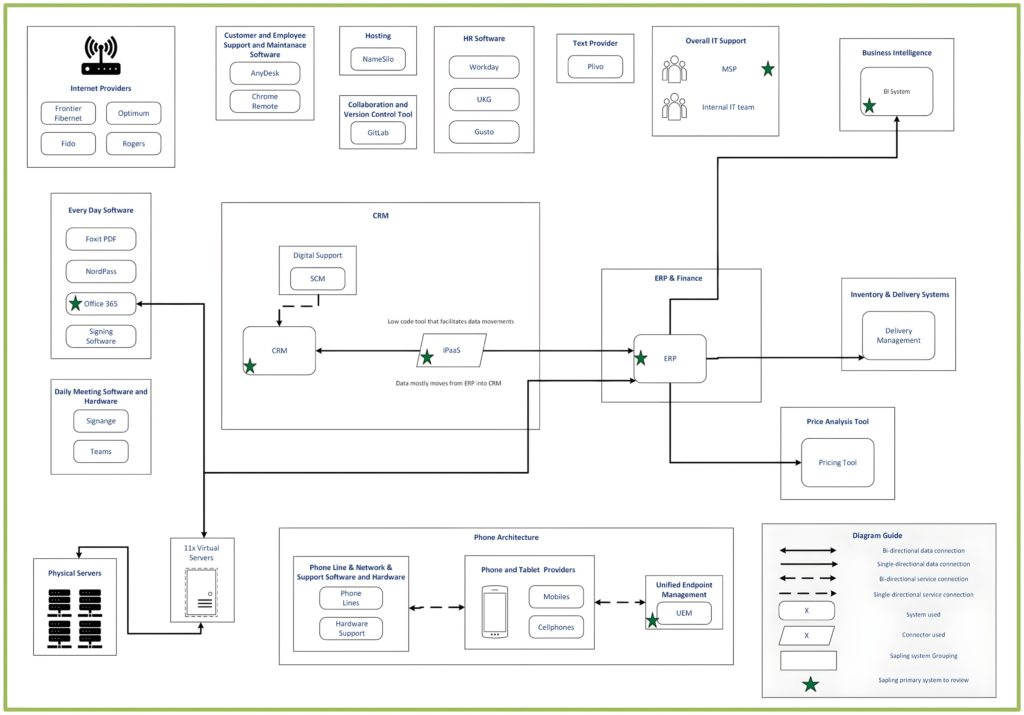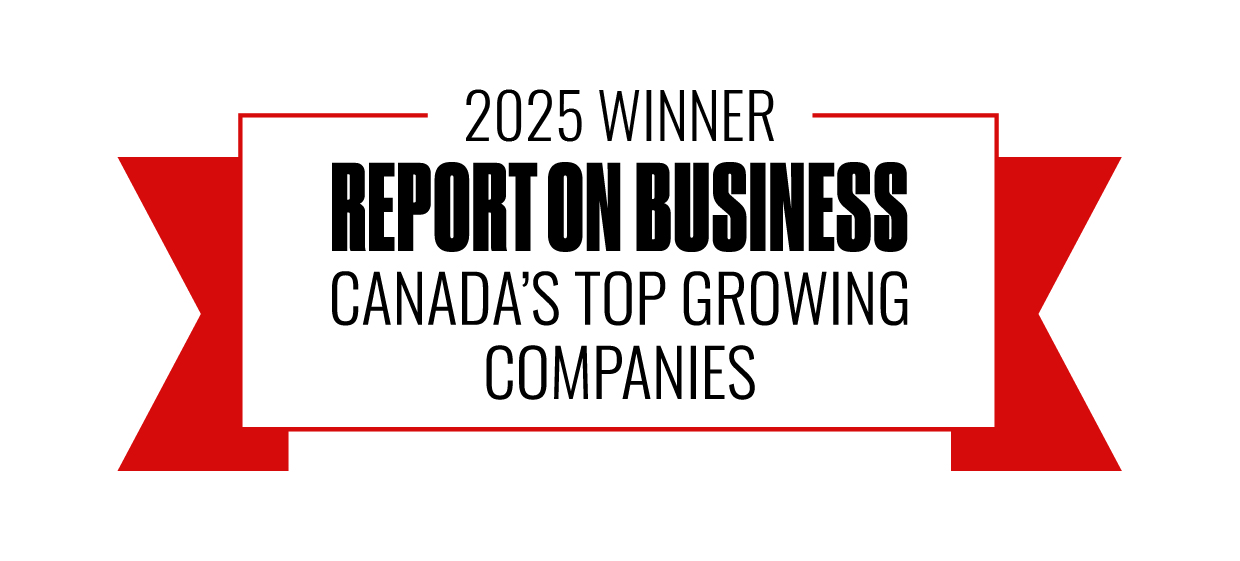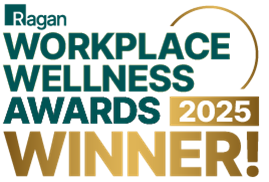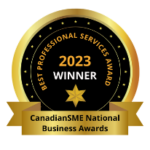
Optimizing costs is essential for a company’s financial stability and overall success. With the rapid advancement of technology, businesses now rely on a wide range of IT services to meet the needs of both customers and employees. These services include, but are not limited to, Development and IT Tools, Productivity and Business Applications, Customer Relationship Management (CRM) and Sales, as well as Business Intelligence, Reporting, Security, and Device Management.
To fulfill these needs, businesses invest in various tools and services, each of which incurs costs. Effectively managing these expenses is key to ensuring long-term sustainability and efficiency. One way to achieve this is through regular IT access reviews. These can be done monthly or quarterly to stay on top of day-to-day access changes and ensure users only have what they need. On the other hand, some reviews are better suited to an annual or ad hoc schedule. Some examples of this are larger policy reviews, or checks triggered by specific events such as role changes or staff leaving.
Assessing IT Resource Efficiency
The efficiency of IT resource usage can be evaluated through several approaches:
- User Access Review
During the IT access review, an evaluation should be conducted to assess both the individuals with access and the type of access granted. In addition, reviewing the invoices on a regular basis helps to track the number of licenses and license tiers, making sure they match actual business needs. At the same time, confirming the purpose of the resource is essential. This helps keep access relevant and avoid unnecessary expenses. - Industry Benchmarking
Comparing IT resource usage with competitors identifies opportunities to adopt more cost-effective or efficient solutions. This assessment is required to be carried out regularly to stay on top of industry changes and track progress against competitors. - Interviews with Business Users
Talking directly to managers and team leads helps understand what each resource is used for and whether it supports their goals. Alongside that, running user experience surveys gives a broader view of employees on how tools work in practice. This helps understand which features are used most and least, and where things can improve based on their day-to-day needs.
Course of Action
Based on the assessment performed, several strategies can be implemented:
- Renegotiate Pricing
If a service is widely used, employees are accustomed to it and this is a critical system for the business, switching may not always be the best option. Instead, renegotiating the price with the vendor may result in savings, particularly if they are willing to adjust to current market pricing. - Downgrade the Service Plan
As a business grows, a previously necessary higher-tier software plan may become excessive. In this case, switching to a lower-tier plan can enhance cost efficiency without sacrificing functionality. - Switch to an Alternative
If a comparable service offers similar capabilities at a lower cost, transitioning to an alternative provider can improve cost-effectiveness. - Consolidate with Another Software
In some instances, businesses end up using multiple software solutions that have the same functionality, causing unnecessary costs for both. In such situations, consolidating the resources by eliminating one and fully transitioning to the other is required. - Eliminate Unused Resources
Over time, some resources may become redundant while still incurring costs. Identifying and eliminating these unnecessary expenses can result in cost savings that may be reallocated to higher-value areas within the business.
- Maintain the Service
If none of the above actions are viable, the resource should be retained as is. However, regular assessments should be performed to ensure the solution continues to align with business needs and remains cost-effective over time.
Strategic Considerations and Notes
During the assessment, it’s crucial to consider the company’s overall business processes, as many IT resources interact with each other, and share data across the system. As shown in Exhibit 1, changing a single resource can significantly impact connected systems. Therefore, any transition should be carefully evaluated to make sure it optimizes the overall functionality of services and systems involved. An example can be found below:

Exhibit 1: Descriptive Diagram of IT Resources Data Flow
Cost optimization should be approached strategically. It’s not always about cutting costs right away. Sometimes, a higher upfront cost can lead to long-term savings. For example, moving an ERP system to the cloud form physical servers and databases might seem expensive initially, but it can reduce maintenance and IT issues over time. In other cases, paying more might be needed to stay competitive, and that long-term benefit can outweigh the cost.
By adopting a structured and strategic approach to IT cost management, businesses can maximize efficiency, reduce unnecessary expenses, and ensure sustainable growth. It also helps ensure that the software in place is being used effectively and to its full potential. For a case study on the IT infrastructure project Sapling completed for a water treatment company, please refer to our one-pager.




